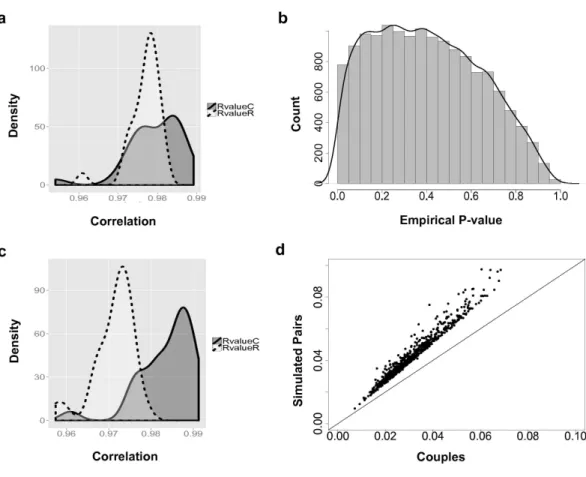Transcriptional similarity in couples reveals the impact of shared environment and lifestyle on gene regulation through modified cytosines
Texto
Imagem



Documentos relacionados
The probability of attending school four our group of interest in this region increased by 6.5 percentage points after the expansion of the Bolsa Família program in 2007 and
Implicated in the regulation of gene expression during fetal development and in adult individuals 8,9 , many of these microRNAs increase or decrease in the heart in response to
Based on previous studies that claimed the influence of unknown elements in the control and regulation of mecA gene, the ability of bla genes to control mecA expression
Following transcription, post-transcriptional and post-translational mechanisms of regulation of gene expression have also been shown to play an important role in
Considering that polymorphisms of the NTAD gene cluster seem to have a conjoined effect, the question raised is how long these genes are being maintained with shared synteny (genes
The major findings of this work are that: (1) ORF2 fragments contributed differently to gene transcriptional elongation, with only some fragments in- ducing the
The purpose of this review is to approach the changing concept of genes and specifically discuss the implications of current insights into gene regulation and action on the work
The hereditary hemochromatosis protein, HFE, lowers intracellular iron levels independently of transferrin receptor 1 in TRVb cells. Carpenter CE,